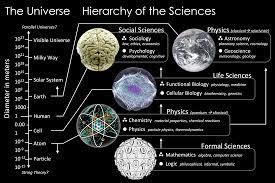Solar Desalination Skylight
Solar Desalination Skylight
A holistic strategy to providing coastal informal settlements with energy, water, and natural light. The treatment uses plentiful solar energy and seawater to produce a Solar Desalination Skylight.
It discharges a natural diffused light, produces drinking water, and makes use of leftover salt brine for energy creation.
In layman language we can say that :
It is a device that converts salt water into drinking water by transferring solar energy into heat, directly or indirectly to run the desalination process. This is a rudimentary water-treatment process since the time of ancient greeks practised by humans.
The design of the unit, direct, or passive usually called a solar still. which is inexpensive and quite simple. The saltwater in the unit of desalination unit is heated with the help of the sun, converting the liquid to vapor (gas). After heating water vapor rises to the top of the unit, collects into the lid, and condenses back as liquid as freshwater collected to separate containers. As salt cannot change to gas, it remains an original salt unit. Direct solar desalination works well for purification but because of the low operating temperature of the unit, does not produce a lot of water in a day.
The drinking water generated in the desalination unit is equivalent to the surface area of the design. The area of daily freshwater per square meter is of 2to3liters (0.5to0.8 gallons) depending on solar still design. The easy-to-operate design, it is ideal for the small-scale needs of families in remote areas. The average person needs daily about two liters per day to survive. The process is done solely with solar energy, here weather conditions matter due to change in positions of sum it can impact negatively in the efficiency.
The output of the direct solar desalination unit is too low to be employed in commercial operation. To increase the freshwater we should use indirect solar desalination which is a combination of two different technologies:
Solar energy accumulation (including the usage of photovoltaic panels) is coupled with a proven desalination method such as MSF(multistage flash distillation), MEE(multiple-effect-evaporation), or RO(reverse osmosis). As this process, we are using renewable solar energy to reduce the use of fossil fuels, which reduces the cost and making commercial desalination plants viable.
THE demand for freshwater produced globally through desalination uses solar energy increases, As the advancements in solar technologies Such as thermal energy storage and high concentrated photovoltaic suit commercially feasible, solar desalination become more widespread.
Testing is done in informal settlement home over a one-month-long expedition to Antofagasta, chile duration of 12hours the prototype could produce 540ml of freshwater(pure water) with reducing of salinity level from 36000ppm to 20ppm (parts per million).
The waste of salt brine from the evaporation process is further used to create a source of energy in reaction with storage tubes holding copper and zinc. These 12 batteries provide 9.53 volts.




Comments
Post a Comment